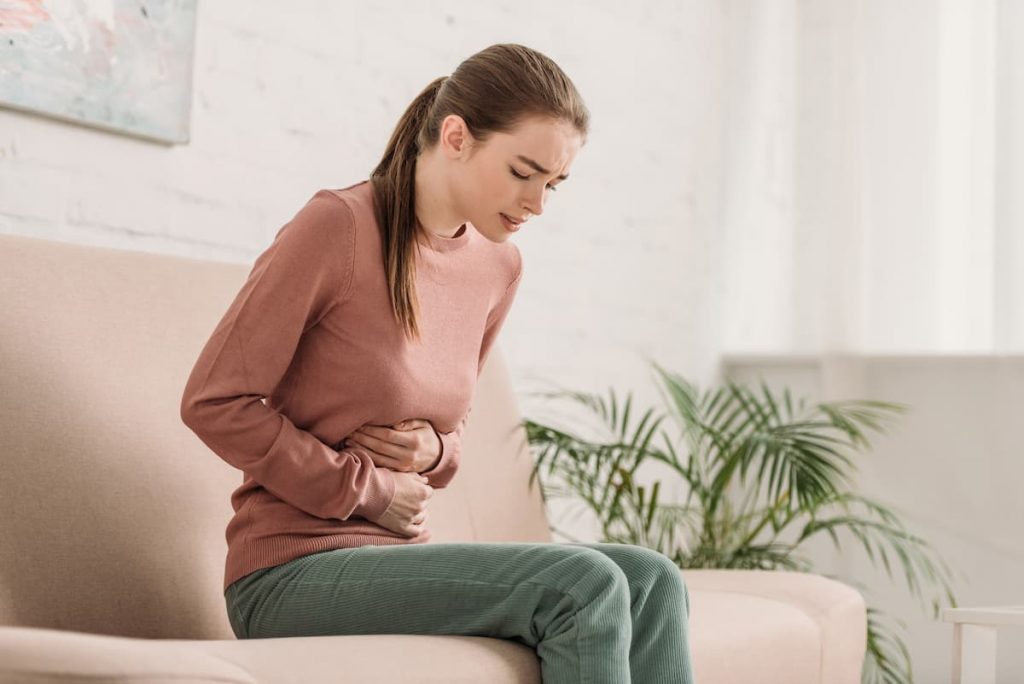
Did you know that Chlamydia is the most prevalent bacterial STI infection in the UK?
Yes, it is responsible for over half of all STI cases in the country. The most vulnerable are women under the age of 25. Additionally, this STI is not just limited to youngsters, as about 6,000 cases of Chlamydia were diagnosed each year in people over the age of 45. Let’s further explore the symptoms, causes, diagnosis, and treatment of Chlamydia and learn more about getting a chlamydia test. [1]
Should I be scared of getting a chlamydia test?
There’s no reason to be afraid of getting a Chlamydia test because the procedure is straightforward, painless, and generally reliable. If your test results are positive, don’t be panicked; this is a simple infection that can easily be cured with chlamydia treatment medication. The most essential thing to remember is to seek treatment as soon as possible. If left untreated, it can lead to major health problems such as infertility and reactive arthritis, which affects your joints.
Chlamydia can spread to the testicles and epididymis (tubes that deliver sperm from the testicles) in males, producing pain and swelling. Epididymitis or epididymo-orchitis is the medical term for this condition (inflammation of the testicles).[2]
When should I get a chlamydia test?
You should get tested for Chlamydia if:
• If you have never gotten tested before.
• If you’ve had sexual contact with someone else since the last time you tested.
• If it’s been more than a year since you’ve tested for Chlamydia or gonorrhoea.
• If you haven’t used a condom and/or had any risky sexual activity.
• In the event that a condom splits.
• If you’re pregnant.
• Infections can be discovered two weeks following sexual activity with any new sexual partner.
• At the very least, once a year.

You’ll have a lower risk of acquiring major Chlamydia issues if you get diagnosed and treated as soon as possible. With Halloween approaching, it’s a good idea to have a sexual health checkup because many individuals will be attending parties/bars and potentially meeting a new sexual partner.[3]
What are the symptoms of chlamydia?
According to CDC, a number of individuals who have Chlamydia do not have any symptoms. Only about 10% of males and 5–30% of females develop symptoms. Chlamydia is known as the “silent STI” because most people who have it have no visible symptoms. In reality, 75% of women and 50% of men who have Chlamydia have no symptoms at all.
Chlamydia can cause the following symptoms in men:
• Painful urination.
• Testicle pain.
• Discharge from the penis’ tip (this can be a white, cloudy or watery discharge).
• Discomfort such as itching or burning in the genital area.
Women may encounter the following symptoms:
• When peeing or having intercourse, you may experience pain.
• A change in vaginal discharge.
• Bleeding during or after intercourse.
• Lower abdominal discomfort.
• Heavy bleeding during periods or mid-cycle bleeding.
So, if you suspect you have Chlamydia, you should get tested and treated as soon as possible.
How can I prevent catching chlamydia?
Chlamydia can be contracted through any type of sexual activity. Here are some measures to lower your risks of contracting Chlamydia:
• Not engaging in sexual activity.
• When having sex, use barriers like condoms or dental dams.
• Having sex with only one person.
• Having your partner checked for STDs.
• Avoiding exchanging sex-related objects.
• Avoiding douching the vaginal area.

Additionally, using a condom during sexual intercourse is the most effective way for sexually active individuals to avoid contracting Chlamydia. It is recommended to use protection with each new partner when engaging in safe sex. Get tested for STIs on a regular basis with new partners.[4]
Is there any medication that will get rid of chlamydia?
Antibiotics are very effective in treating Chlamydia. If patients take their antibiotics appropriately, they will be cured in more than 95% of cases. To treat Chlamydia, your doctor may prescribe antibiotics such as doxycycline or azithromycin. If your doctor is concerned about Chlamydia complications, a lengthier course of antibiotics may be prescribed. Furthermore, if you are pregnant, you should discuss your Chlamydia treatment choices with your doctor. Some antibiotics may not be acceptable.[5]

Conclusion
Chlamydia is a bacterial infection spread through sexual activity. It often has no symptoms, but screening can determine whether a person needs therapy. It can develop into issues that may have long-term consequences if not treated. As a result, for people who may be at risk, therapy and screening are critical.
Sources
1. ᐅ Chlamydia: The Silent STI Symptoms And Treatment | E-Surgery
2. Free chlamydia postal test kits | Terrence Higgins Trust
3. Free chlamydia postal test kits | Terrence Higgins Trust
4. Chlamydia Infection: Symptoms, Treatments & Risk Factors | healthline.com
5. Chlamydia Treatment | NHS
Further Reading
Chlamydia Diagnosis | NHS
Find a sexual health clinic | NHS
Everything You Need to Know About Chlamydia Infection | Healthline









